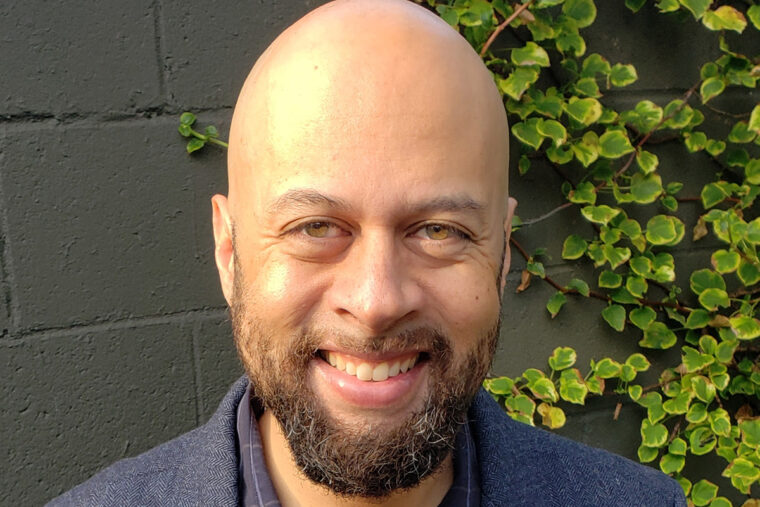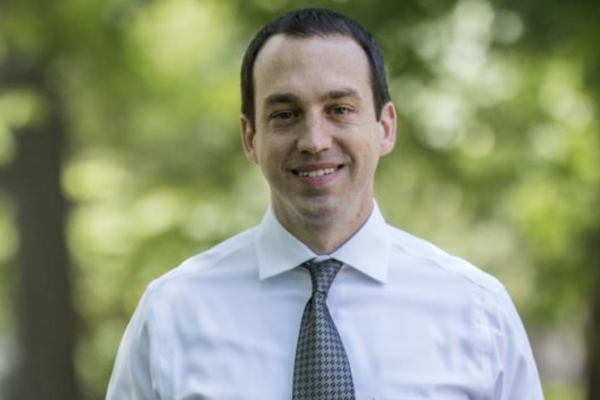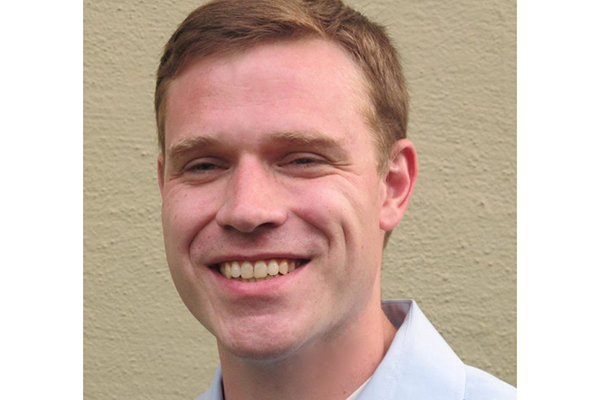Carlos Ponce, MD, PhD, assistant professor of neuroscience at Washington University School of Medicine in St. Louis, has received a 2020 Packard Fellowship for Science and Engineering. Each of the 20 Packard fellows — among the nation’s top early-career scientists — will receive a five-year, $875,000 grant to pursue research.
Ponce studies how visual recognition works in the brain. His work could lead to improvements in artificial visual-recognition systems used in security, medicine, transportation and other fields.
“Our goal is to understand how we’re able to recognize objects in the world,” Ponce said. “To us it feels very natural — it’s instinctive, almost magically fast. But really, it happens because neurons are communicating with each other, sending patterns back and forth in a way that still remains to be understood. Solving the problem of visual recognition will yield applications that will improve automated visual processing in fields such as medical imaging and self-driving vehicles, for example. But just as importantly, it will illuminate how our inner experience of the visual world comes to be.”
Since 1988, the David and Lucile Packard Foundation’s fellowship program has supported the nation’s most promising early-career scientists and engineers with flexible funding so they can take risks and explore new frontiers in their fields of study. By encouraging creative young researchers to think big and follow new ideas wherever they lead, the Packard Foundation aims to catalyze new discoveries that improve people’s lives and enhance our understanding of the universe.
Ponce is the 12th Washington University faculty member — second at the School of Medicine — to receive the Packard Fellowship.
“Carlos is an outstanding neuroscientist who seeks to determine which specific features of the visual world are encoded by primate visual neurons,” said Paul Taghert, professor and the interim head of the Department of Neuroscience. “His approach is very innovative, especially by incorporating modern artificial intelligence approaches. This prestigious award is really well-deserved because Carlos’ work is fundamentally transforming our understanding of how we process visual information.”
The brain remains the best visual recognition system, superior to artificial ones, partly because it may have more efficient ways to compress and represent the natural world. Scientists still do not fully understand the brain’s so-called “neural code.” Ponce has developed a new way to extract clues to the code directly from the living brain by presenting a series of images generated by artificial intelligence and monitoring the response of individual neurons.
Each neuron’s responses to the images are fed into a searching algorithm, which then communicates with the picture generator, tweaking the images to produce a new set of stimuli better suited to activating that neuron. Over time, the image develops into a picture capable of maximally exciting that particular neuron. In many cases the final image has been recognizable as a face, unsurprising given that the researchers sometimes study neurons in parts of the brain devoted to recognizing faces. But most of the final images have been unidentifiable mishmashes of colors and shapes at the border of conscious recognition. However strange they may look to us, though, each of the final images represents an individual neuron’s ideal stimulus, the piece of the world it most likes to see. It is one tiny clue to the neural code.
“We had to step back and let the neurons guide us, let them illustrate what they’re actually encoding,” Ponce said. “And then our job is to put the puzzle pieces together once those images are created by the neurons, to fully characterize what information they contain and how they relate to the real world.”
The ultimate goal is to understand how the brain compresses and represents the rich natural visual world so it can be stored in the limited computing capacity within the brain.
“The visual recognition systems in medicine, in industry, are very good and impressive, but they still fall far short of what the brain can do,” Ponce said. “To have the brain’s ability to compress and represent sensory information implemented in machines would be a huge step forward.”
Originally from Chihuahua, Mexico, Ponce earned his bachelor’s degree at the University of Utah in 2001. He earned his doctorate at Harvard Graduate School of Arts and Sciences in 2008 and his medical degree at Harvard Medical School in 2010. He joined the faculty of the School of Medicine in 2018.
The complete list of 2020 Packard Fellows for Science and Engineering is available here.



